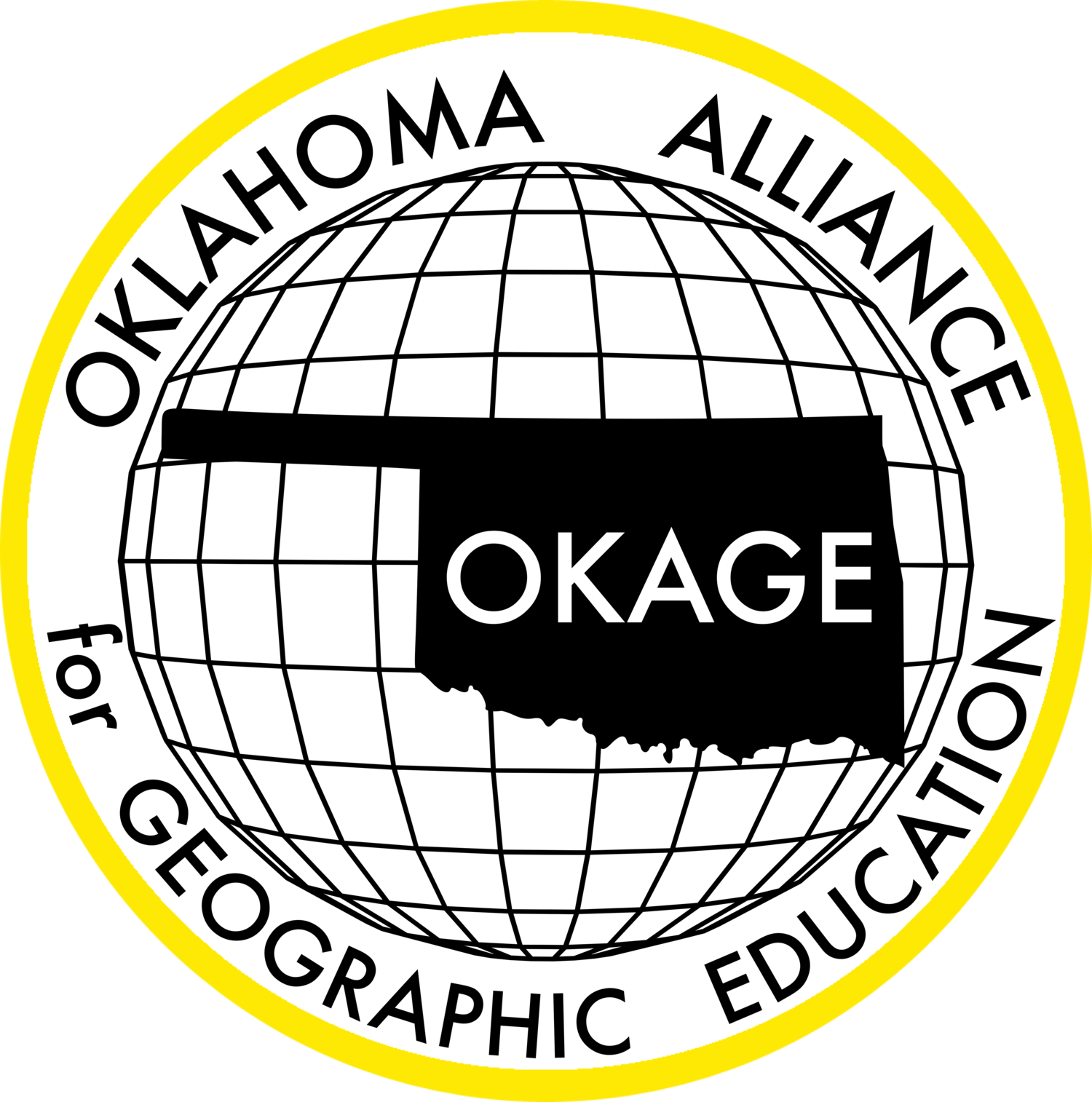Description: This is an interactive and engaging lesson designed to provide students with an understanding of the physical geography of the Pacific Ocean and the effects of various environmental phenomena. The lesson involves reading, researching, and interacting with the map to demonstrate understanding.
This lesson is designed to use the Giant Traveling Map of the Pacific Ocean to help students contextualize the physical features of the region.
This lesson is aligned with both National Geography Standards and Oklahoma Academic Standards, ensuring that it is not only educationally relevant but also beneficial for students. The activity provides a practical application of these standards, allowing students to see the relevance of what they are learning and how it applies to the real world. Please note this lesson may be adapted for use with digital or desktop-sized maps if the Pacific Ocean Giant Map is unavailable.
Grade level(s): Middle
Standards: OAS, GFL
Produced By: Grace Gierach



